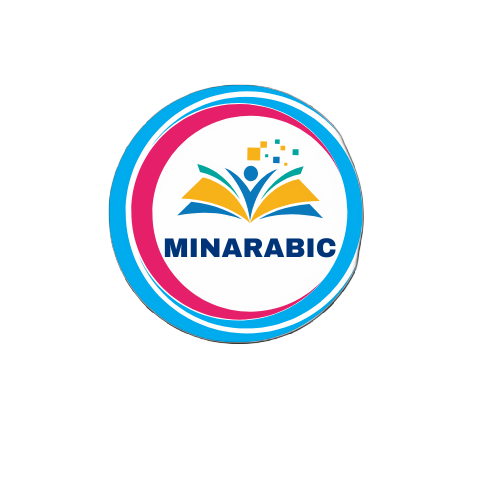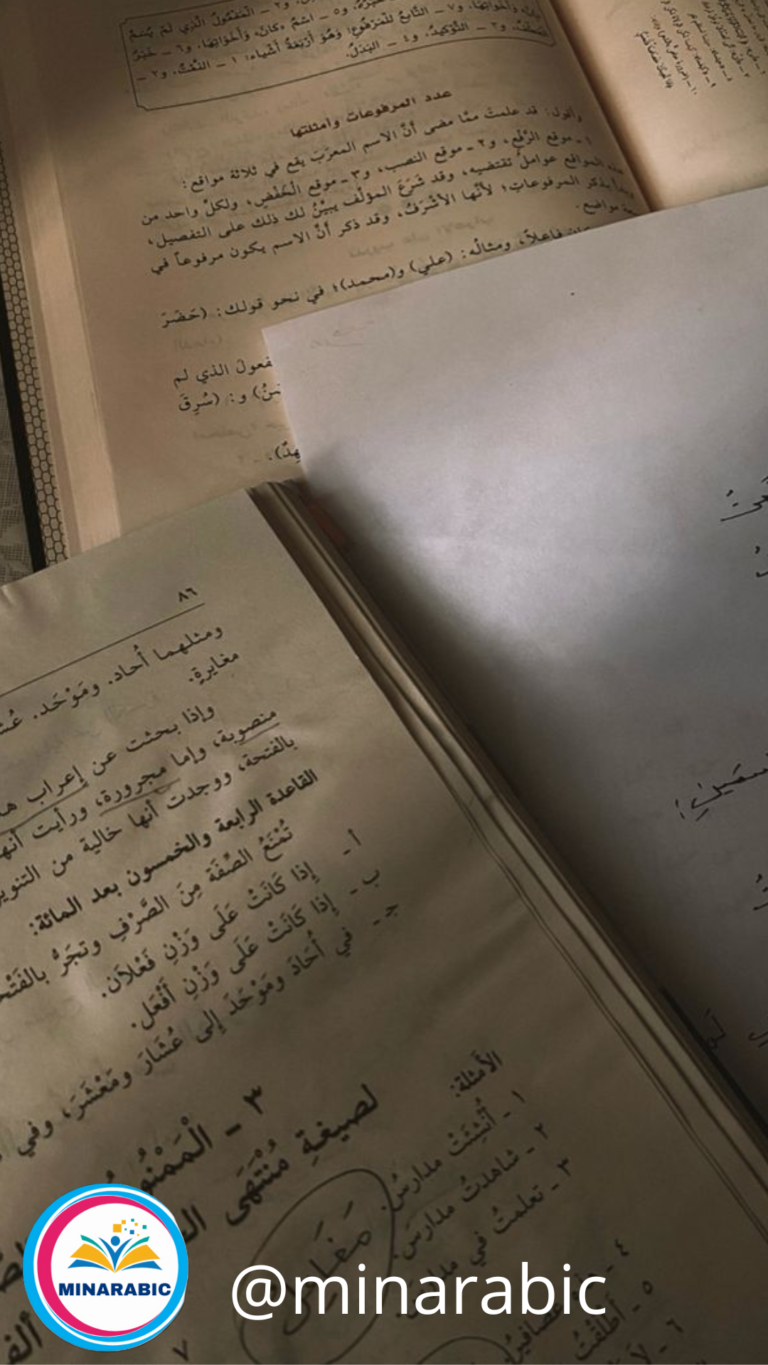

How to Build an Effective Daily Routine To Master Arabic
How to Build an Effective Daily Routine for Learning Arabic
To Master Arabic requires consistency and dedication, and establishing an effective daily routine can make all the difference. By breaking your learning process into manageable tasks and practicing regularly, you can develop your Arabic skills faster and more efficiently.
Steps to Master Arabic
Step 1: Define Your Goals
Before designing your daily routine, identify your objectives. Do you want to:
- Speak Arabic fluently for travel or conversation?
- Improve your Arabic writing and reading skills?
- Focus on Arabic grammar lessons or expanding your Arabic vocabulary?
Clear goals will help you prioritize your time and resources.
Example Goals:
- Learn 10 new Arabic words each day.
- Practice writing in Arabic script for 15 minutes daily.
- Spend 30 minutes on Arabic conversation practice.
Step 2: Allocate Dedicated Time Slots
Consistency is key when learning any language. Set aside specific times each day to focus on Arabic, even if it’s just 20-30 minutes. Integrate your study sessions into your routine to build a habit.
Sample Daily Schedule:
- Morning: Practice the Arabic alphabet and review new vocabulary.
- Afternoon: Complete an Arabic lesson or watch a language tutorial.
- Evening: Engage in Arabic conversation practice or review grammar.
Step 3: Use a Variety of Learning Methods
Diversifying your activities keeps learning engaging and helps you develop a well-rounded skill set. Include a mix of listening, speaking, reading, and writing exercises.
Daily Learning Activities:
- Flashcards: Memorize essential Arabic words and phrases.
- Listening: Watch Arabic TV shows, listen to podcasts, or follow Arabic YouTube channels.
- Speaking: Use language exchange apps to practice speaking with native speakers.
- Writing: Copy short texts in Arabic script to improve handwriting and comprehension.
- Grammar Practice: Complete exercises from an Arabic language course or textbook.
Step 4: Review and Repeat
Repetition is crucial for retaining what you learn. Spend time reviewing previous lessons and revisiting vocabulary or grammar rules.
Tips for Review:
- Use spaced repetition apps to reinforce vocabulary.
- Revisit your notes from Arabic grammar lessons weekly.
- Summarize key concepts or write short essays in Arabic to practice.
Step 5: Track Your Progress
Tracking your progress keeps you motivated and helps you identify areas for improvement. Set measurable goals and check your achievements regularly, Click here.
Tools for Tracking:
- Language apps: Use apps like Duolingo, Memrise, or Anki for tracking vocabulary progress.
- Journal: Keep a daily journal of new words, phrases, or grammar rules you’ve learned.
- Milestone tests: Test yourself monthly on topics like the Arabic alphabet, vocabulary, and grammar.
Step 6: Immerse Yourself
Immersion accelerates learning. Surround yourself with Arabic language and culture as much as possible, even outside of study sessions.
Immersion Ideas:
- Label household items with their Arabic names.
- Watch movies or listen to music in Arabic.
- Follow Arabic influencers or bloggers on social media.
- Join local or online communities of Arabic learners.
Sample Daily Routine for Learning Arabic
Here’s a sample routine for beginners:
- Morning (15-20 minutes):
- Practice the Arabic alphabet or review basic Arabic words.
- Write simple sentences using new vocabulary.
- Afternoon (30 minutes):
- Complete an Arabic lesson focusing on grammar or vocabulary.
- Watch a short Arabic video with subtitles.
- Evening (20-30 minutes):
- Practice Arabic conversation with a tutor or language partner.
- Review flashcards and revise the day’s lessons.
Final Tips for Success
- Stay consistent: Regular, small efforts yield better results than occasional long study sessions.
- Be patient: Learning a new language takes time, so celebrate small wins.
- Stay motivated: Remind yourself why you’re learning Arabic and keep your end goal in mind.
By building an effective daily routine and sticking to it, you’ll steadily improve your language skills and master Arabic, adding to that gain confidence in speaking, reading, and writing. Start small, stay consistent, and enjoy the process, Click here.
Categories
Tags
You May Also Like
-
-
February 7, 2025
-
-
February 7, 2025
-
-
February 3, 2025




